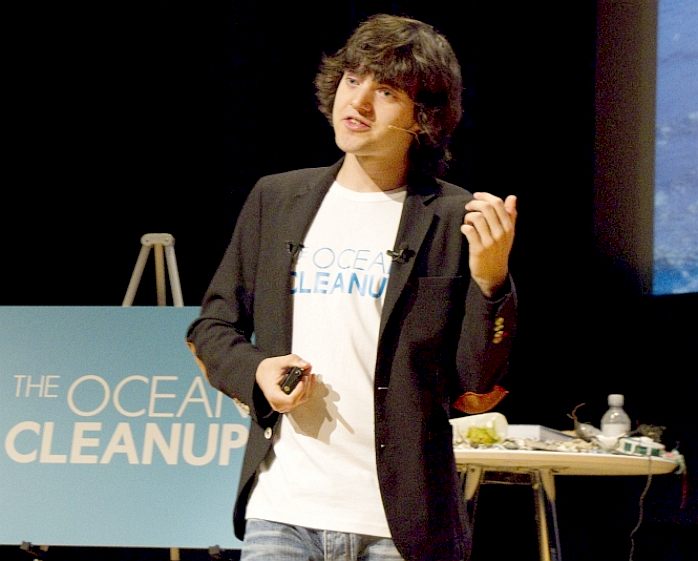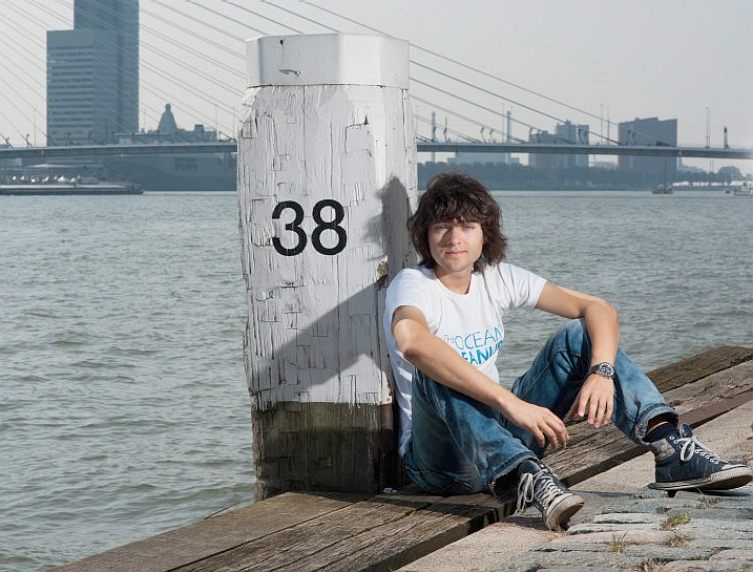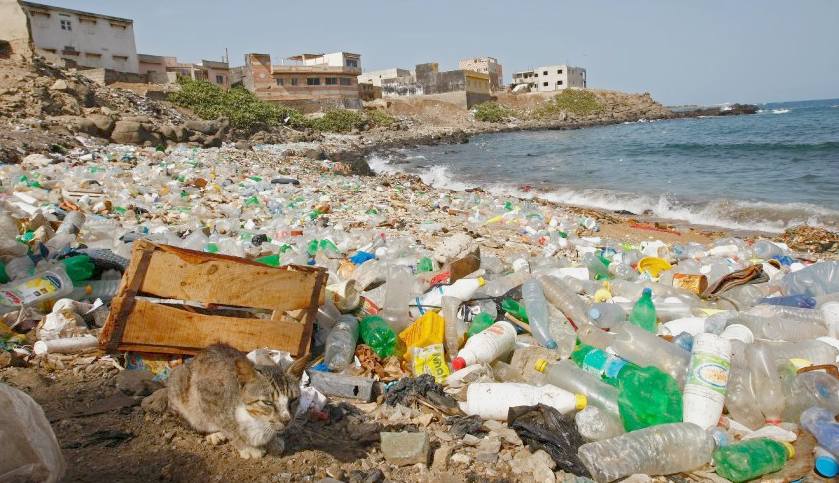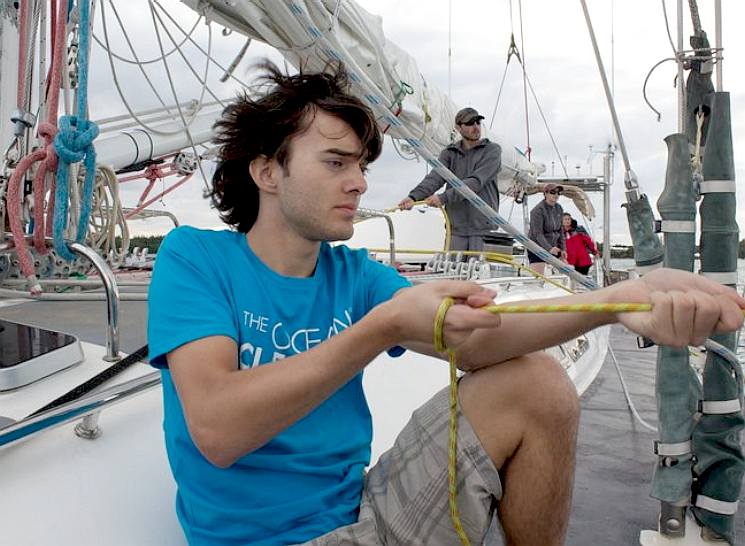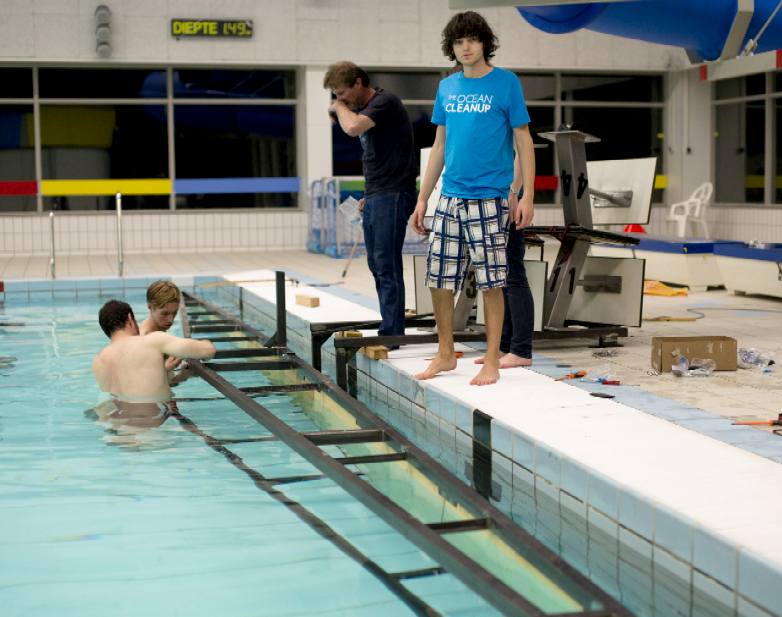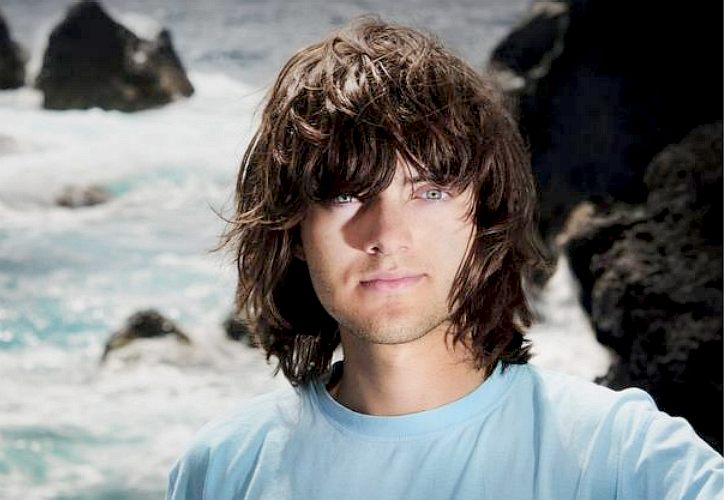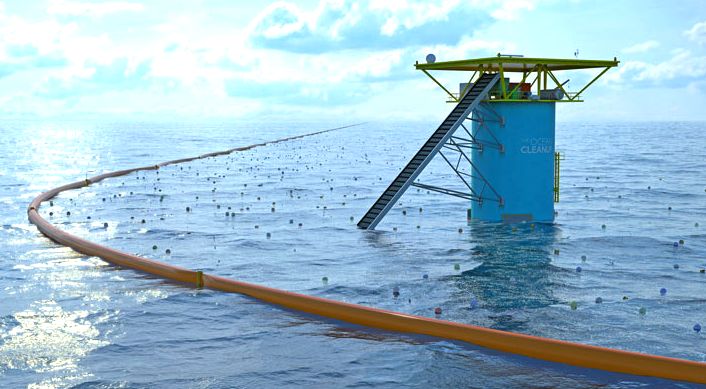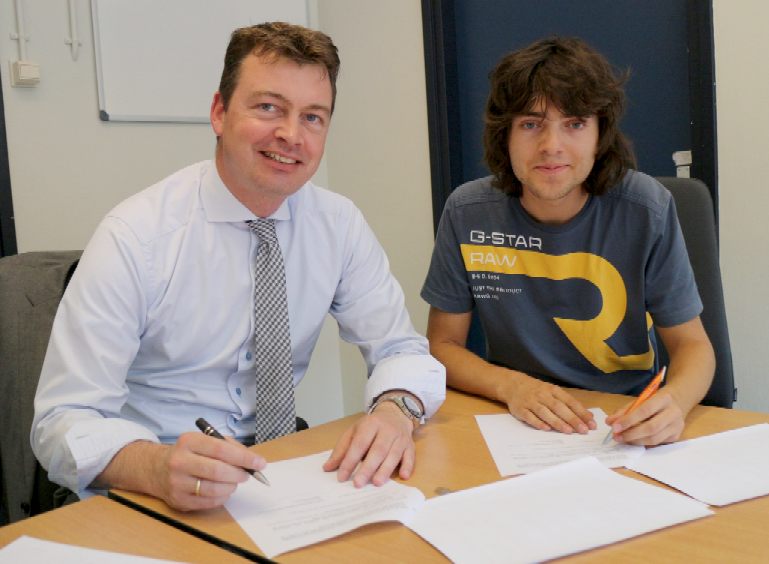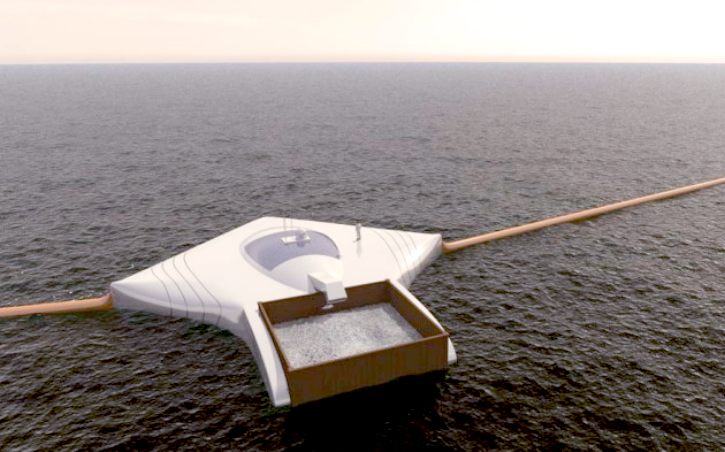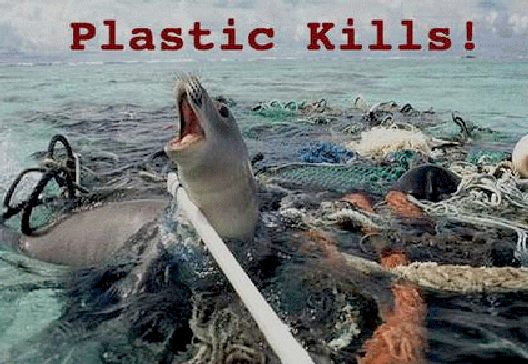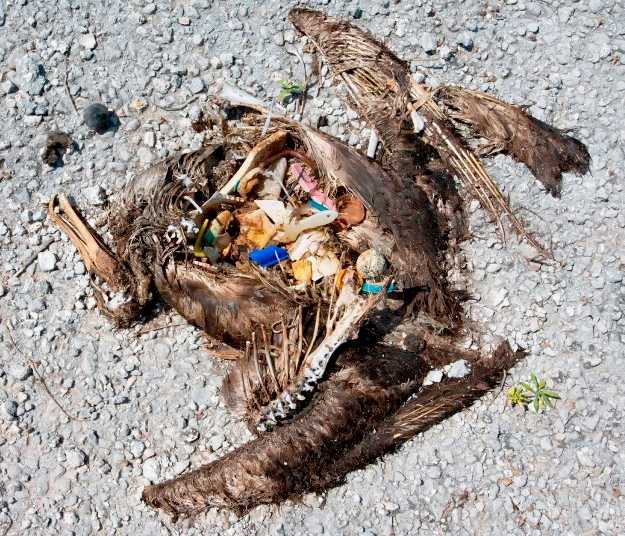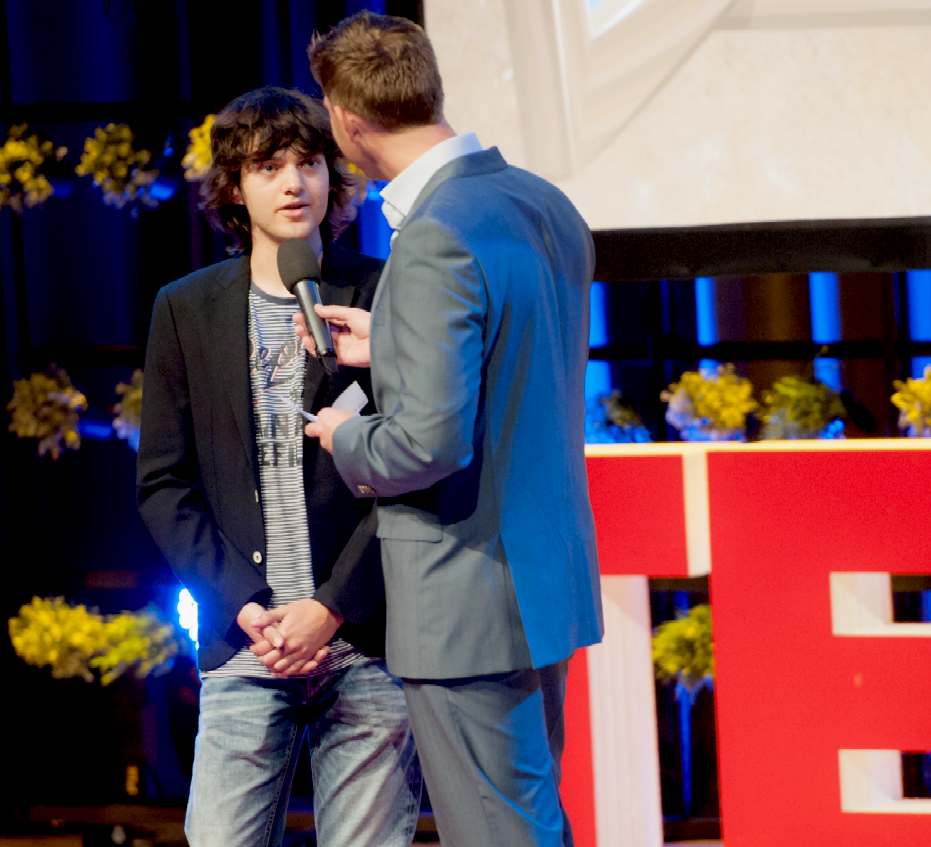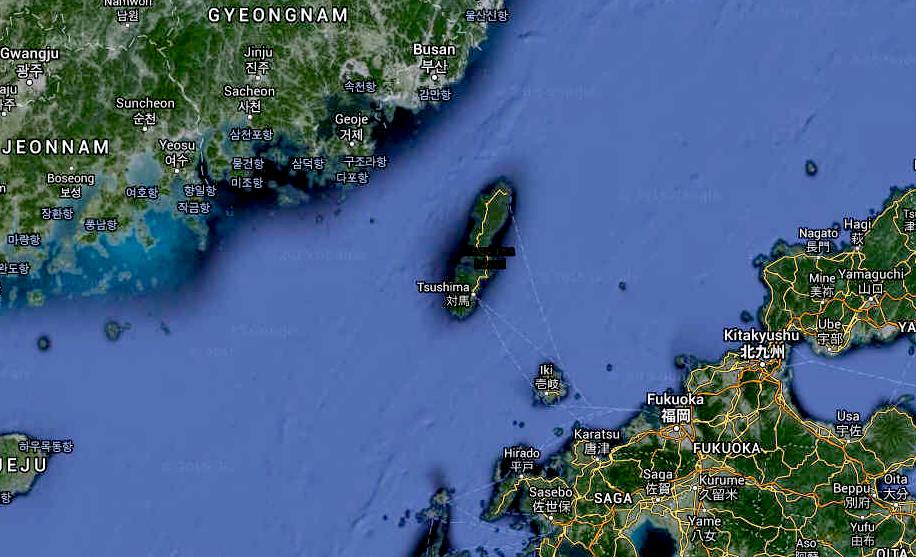|
BOYAN SLAT - MEDIA REVIEW
|
|||
|
Boyan Slat presenting the Ocean Cleanup concept
The ocean cleanup project has been the focus of much attention in the media, some of which is seen below. The treatment by each news organisation is similar with varying degrees of research.
BBC NEWS (MAGAZINE) OCTOBER 2014
Boyan Slat is a 20-year-old on a mission - to rid the world's oceans of floating plastic. He has dedicated his teenage years to finding a way of collecting it. But can the system really work - and is there any point when so much new plastic waste is still flowing into the sea every day?
The high school science project was awarded Best Technical Design at Delft University of Technology. For most teenagers, it would probably have ended there, but Slat was different. He had been interested in engineering from a very young age. "First I built tree houses, then zip-wires, then it evolved towards bigger things," he says. "By the time I was 13, I was very interested in rocketry." This led him to set a Guinness World Record for the most water rockets launched at the same time: 213, from a sports field in his native Delft. "The experience taught me how to get people crazy enough to do things you want, and how to approach sponsors." Useful skills, as it turned out.
When Slat began studying aerospace engineering at Delft University, the idea of cleaning up the oceans just wouldn't let him go - he says it niggled at him like "an asymmetrically positioned label" on a pair of boxer shorts. He set up a foundation, The Ocean Cleanup, and explained his concept in a TedX Talk: How the Oceans can Clean Themselves. Then, six months into his course, he made the decision to pause both university and social life to try make it a reality.
His entire budget consisted of 200 euros (£160) of saved-up pocket money, so he spent a few desolate months trying to get sponsorship. "It was so disheartening, because no-one was interested," he says. "I remember one day contacting 300 companies for sponsorship - only one replied, and that, too, resulted in a dead end."
But then something happened. On 26 March 2013, months after it had gone online, Slat's
TedX talk went viral. "It was unbelievable," he says. "Suddenly we got hundreds of thousands of people clicking on our site every day. I received about 1,500 emails per day in my personal mailbox from people volunteering to help." He set up a crowd-funding platform that made $80,000 in 15 days.
Albatrosses are particularly vulnerable because they feed on the eggs of flying fish, which are attached to floating objects - now most likely a piece of plastic. Dr Jan Andries van Franeker from the Institute for Marine Resources and Ecosystem Studies (IMARES) in the Netherlands has some of these objects in a pot in his office: a toothbrush, cigarette lighters, floaters from fish nets, a golf ball, a tampon applicator - all found in albatross chick's carcasses. "The plastics may not directly kill the bird, but it will have less energy reserves and it will have a higher load of chemicals so if things get problematic at sea, or if you have to raise a chick, those are the ones that die first," he told the BBC.
Turtles tend to be the victims of plastic bags, which when immersed in water look just like jellyfish. Evolutionary adaptations make it impossible for turtles to reject bags once they've started to eat. "Because jellyfish are so slippery, turtles have a system in their throat that stops their prey from slipping out, so even if you find out it's a plastic bag, it has to go in all the way," says van Franeker.
The amount of industrial plastic pellets van Franeker finds in the birds has halved since the 1980s - it seems the industry has at least partially cleaned up its act.
"It's an economic loss if the factory loses raw product," he says. "Unfortunately with consumer plastic, there is little profit in taking back waste. It doesn't cost us anything to throw it away."
It is a grave situation - so when Slat came along with a seemingly simple solution, he began making headlines across the world. Could a teenager save the world's oceans? His enthusiasm fired up millions of people, but along with the offers of help and donations, came criticism. It wouldn't work, some said. Others argued that it would be better to collect litter from beaches, where it gets deposited by waves.
"It's in my nature that when people say something is impossible I like to prove them wrong," Slat says. Having caught the world's attention, the first thing he did was to disappear from sight. He needed scientific evidence to back up his theory and answer his critics.
In June, a month before his 20th birthday, Slat re-emerged with a 530-page feasibility report, the cover of which was made out of recycled ocean plastic. The report, based on extensive testing and computer simulations and authored by 70 scientists and engineers, answered many of the questions which had been levelled at him by his critics. It was followed by another crowd-funding campaign which swiftly reached its target of $2m. This will fund a larger pilot next year and Slat hopes the North Atlantic platform could be a reality in 2020.
PLASTIC SOUP ON YOUR PLATE
A study from Ghent University in Belgium found microplastics in mussels and oysters. Particles smaller than 2mm wouldn't get caught by Slat's system, but removing larger pieces would help to prevent the quantity of microplastics from increasing.
Another issue is the potential effect on wildlife.
"In terms of biological damage the concept is flawed," says van Franeker. "They say anything alive will be able to swim under the curtain, but some, like the fish eggs, will be trapped with the plastic which means they will still be there to be eaten by albatrosses - and in 10 years' time you will take away all the fish eggs along with the plastic."
Nicholas Mallos disagrees.
"The risk is that people think there is one device that will solve our problem in a few years - this grossly over-simplifies the problem," he says.
DAILY MAIL 9 SEPTEMBER 2013
A Dutch teenager has invented a device that he claims could clean up some 20 billion tonnes of plastic waste from the world's oceans.
Boyan Slat, 19, came up with the idea of a series of floating booms and processing platforms designed to collect floating plastic rubbish.
The 'ocean cleanup' concept is designed to capture the floating plastic but allow life like fish and plankton to pass through unharmed, while saving the waste materials to be recycled.
The engineering student believes that once operational, his device could dramatically reduce the amount of rubbish in the oceans in just five years time.
Millions of tonnes of plastic debris are littering oceans and have accumulated in areas of high concentration called gyres - which are essentially floating rubbish tips.
This litter directly kills millions of aquatic animals annually but also spreads and introduces harmful algae and invasive species as well as man-made pollutants into the food chain, costing governments and organisations millions of dollars to clean up every year, according to Mr Slat.
While he believes humans must end their reliance on disposable plastic items and manage waste responsibly, his innovation could make a big difference to the cleanliness of oceans in the shorter-term.
He proposes fixing sea water processors to the sea bed, which are also attached to the floating platform so that the water can move through them and generate energy.
His concept also includes using floating booms instead of nets to cover vast areas of water effectively, while no mesh and a very low speed, means there will be 'virtually no by-catch' and unfortunate animals getting tangled in nets that are meant to help conserve their habitat.
Writing on his website, Mr Slat said: 'Although this hypothesis still has to be tested, even the planktonic species - due to their density being close to that of the sea water - may move under the booms along with the water flow.'
In a bid to solve problems of conventional clean-up measures, including rubbish escaping, emissions and high costs, he said his contraptions are 'completely self-supportive' and get their energy from the sun and waves.
'By letting the platforms' wings sway like an actual manta ray, we can ensure contacts of the inlets with the surface, even in the roughest weather,' he said.
As well as solving an environmental problem, Mr Slat also believes his invention could make up to $500 million a year from recycling the waste collected.
He said: 'This concept is so efficient, that we estimate that by selling the plastic retrieved from the 5 gyres, we would make in fact more money than the plan would cost to execute. In other words; it may potentially be profitable.'
Mr Slat believes that many people need reminding about the environmental disaster affecting the Earth's oceans.
He said: 'One of the problems with preventive work is that there isn’t any imagery of these ‘garbage patches’ because the debris is dispersed over millions of square kilometres.'
'By placing our arrays however, it will accumulate along the booms, making it suddenly possible to actually visualise the oceanic garbage patches. We need to stress the importance of recycling, and reducing our consumption of plastic packaging,' VR-zone reported.
While Mr Slat is now a student at the Delft University of Technology, he came up with the idea while he as at school to win a number of prizes and the respect of more experiences marine experts.
He has now set up The Ocean Cleanup Foundation to raise funds to develop his innovation.
The Ocean Cleanup project is to develop technologies to extract, prevent, and intercept plastic pollution. The Ocean Cleanup’s goal is to fuel the world’s fight against oceanic plastic pollution, by initiating the largest cleanup in history. Small scale model tests indicated The Ocean Cleanup Boom to perform significantly better than conventional booms, while deploying a 40 m long boom near the Azores showed that a boom can capture and concentrate plastic pollution. The ocean cleanup campaign started on Apr 05 and closed on May 05, 2013 (11:59pm PT). $89,518USD was raised of $80,000 goal.
18-year-old Boyan Slat came up with a concept that may be able to remove vast amounts of plastics from the oceans. "I don't know if it's possible, and that's exactly the reason I'm doing it."
On 15 July 2013, USG Engineering Professionals in the Netherlands signed a partnership agreement with The Ocean Cleanup Foundation. The Ocean Cleanup came up with a method to extract seven billion kilograms of plastic from the oceans in just five years. USG Engineering Professionals will provide project management staffing for the feasibility study the foundation is currently performing.
CONTACTS
The Ocean Cleanup
www.TheOceanCleanup.com
INDIEGOGO CONTACTS
Explore How It Works Start your campaign
Grâce au financement participatif, un jeune Néerlandais de 20 ans a réussi à amasser plus de 2 millions de dollars pour lancer la première phase de son projet qui vise à recueillir les tonnes d'objets de plastique qui polluent les océans.
De la persévérance, de la passion, de l'ambition et une bonne maîtrise des médias sociaux : tel est le secret du succès de l'opération de Boyan Slat, qui s'est donné la mission, ni plus ni moins, de nettoyer les océans.
Et depuis lundi, il peut dire, en partie, « mission accomplie ». En 100 jours, quelque 38 000 donateurs de 160 pays ont contribué à sa campagne de financement participatif sur le web, lui permettant d'amasser 2 154 282 $US.
Grâce au financement participatif, un jeune Néerlandais de 20 ans a réussi à amasser plus de 2 millions de dollars pour lancer la première phase de son projet qui vise à recueillir les tonnes d'objets de plastique qui polluent les océans.
De la persévérance, de la passion, de l'ambition et une bonne maîtrise des médias sociaux : tel est le secret du succès de l'opération de Boyan Slat, qui s'est donné la mission, ni plus ni moins, de nettoyer les océans.
Et depuis lundi, il peut dire, en partie, « mission accomplie ». En 100 jours, quelque 38 000 donateurs de 160 pays ont contribué à sa campagne de financement participatif sur le web, lui permettant d'amasser 2 154 282 $US.
Son projet, The Ocean Cleanup, pourra donc faire un autre pas en avant. Pour amasser les détritus qui se regroupent naturellement en « continents de déchets », le jeune homme et son équipe ont mis au point un système qui utilise les courants marins naturels afin de recueillir les débris de plastique dans de longues barrières flottantes qui forment un espèce d'entonnoir géant. Elles sont peu coûteuses et respectueuses de l'environnement.
Les barrières sont conçues pour retenir les déchets en surface, tout en laissant aux animaux marins l'espace nécessaire pour circuler en dessous. Les déchets qui sont ainsi amassés doivent ensuite être recueillis par bateau, à des intervalles de plus au moins deux mois.
Une phase de tests à grande échelle du système qu'il a mis au point pour débarrasser les eaux des encombrants déchets de plastique sera donc enclenchée sous peu. Il souhaite ensuite, dans un horizon de 3 ans, avoir une installation de nettoyage opérationnelle.
Son projet, The Ocean Cleanup, pourra donc faire un autre pas en avant. Pour amasser les détritus qui se regroupent naturellement en « continents de déchets », le jeune homme et son équipe ont mis au point un système qui utilise les courants marins naturels afin de recueillir les débris de plastique dans de longues barrières flottantes qui forment un espèce d'entonnoir géant. Elles sont peu coûteuses et respectueuses de l'environnement.
Les barrières sont conçues pour retenir les déchets en surface, tout en laissant aux animaux marins l'espace nécessaire pour circuler en dessous. Les déchets qui sont ainsi amassés doivent ensuite être recueillis par bateau, à des intervalles de plus au moins deux mois.
Une phase de tests à grande échelle du système qu'il a mis au point pour débarrasser les eaux des encombrants déchets de plastique sera donc enclenchée sous peu. Il souhaite ensuite, dans un horizon de 3 ans, avoir une installation de nettoyage opérationnelle.
D'ici dix ans, Boyan Slat aimerait en arriver à nettoyer ce qu'on appelle le vortex de déchets du Pacifique Nord, une immense zone de déchets flottants au large des côtes californiennes.
UN JEUNE PHENOMENE
Le jeune homme est alors au secondaire, et décide de se consacrer à la recherche sur la pollution par le plastique et les solutions possibles pour arriver à s'en débarrasser.
Après avoir écarté plusieurs projets jugés trop polluants ou trop peu efficaces, il présente en 2012 son concept de nettoyage passif à une grande conférence sur les idées novatrices, le TEDxDelft.
Il abandonne plus tard des études en génie aérospatial afin de se consacrer à son projet, et une première campagne de financement participatif lui permet de s'entourer de quelque 100 experts pour en arriver à publier, en juin 2014, une exhaustive étude de faisabilité.
DER SPIEGEL ONLINE OCT 2014 - Plastikmüll: 20-Jähriger will die Ozeane retten - für sechs Milliarden Euro
An einem Mittwochmittag im September steht der Niederländer Boyan Slat, 20, am Hafenbecken von Rotterdam und presst sich ein Walkie-Talkie ans Ohr. Der Wind pfeift, der Empfang ist schlecht, Slat kneift die Augen zusammen. "Können wir zur Erasmusbrücke übersetzen?", fragt er den Hafenmeister. Aus dem Funkgerät rauscht und knackt es, dann sagt eine abgehackte Stimme: "Negativ, zu viel Verkehr, bitte warten."
Boyan war schon als Kind anders
THE OCEAN CLEANUP PROJECT HISTORY 2012 - 2020
OCEAN CLEANUP PROJECTS A - Z
* Aliance to end Plastic Waste * Boyan Slat's ocean booms * 4Ocean recycled plastic bracelets * Seabin * SeaVax autonomous drones
LINKS & REFERENCE
National Geographic 2014 July ocean-plastic-debris-trash-pacific-garbage-patch Plastic Soup News Blogspot 2014_July Paris Match Environnement Boyan Slat le sauveur des oceans Deep sea news 2014 July the ocean cleanup part 2 technical review of the feasibility study Indiegogo projects the ocean cleanup feasibility study Virgin richard-branson what-can-we-do-to-protect-and-restore-the-ocean USG people news 2013 July engineering signs agreement with the ocean cleanup http://www.usgpeople.com/press-media/news/2013/07/17/usg-engineering-signs-agreement-with-the-ocean-cleanup http://www.virgin.com/richard-branson/what-can-we-do-to-protect-and-restore-the-ocean-0 http://www.spiegel.de/unispiegel/jobundberuf/plastikmuell-in-ozeanen-student-boyan-slat-hat-einen-rettungsplan-a-998938.html http://en.wikipedia.org/wiki/Boyan_Slat http://www.bbc.co.uk/news/magazine-29631332 http://www.theoceancleanup.com/ http://www.boyanslat.com/ http://quebec.huffingtonpost.ca/2014/09/17/the-ocean-cleanup-boyan-slat-nettoyer-oceans-plastique_n_5834594.html http://www.tedxdelft.nl/2013/10/boyan-slat-back-on-stage/ https://www.indiegogo.com/projects/the-ocean-cleanup-feasibility-study http://deepseanews.com/2014/07/the-ocean-cleanup-part-2-technical-review-of-the-feasibility-study/ http://www.plasticoceans.net/the-foundation/ http://www.greatrecovery.org.uk/ http://seaplexscience.com/ http://abundantseas.org/ http://www.gyrecleanup.org/cleanup-plan/ (German) Tobias Finger: The Ocean Cleanup – Dieser Student will die Weltmeere vom Plastikmüll befreien, WiWo Green, 24 Juni 2014 Caroline Winter (September 16, 2014), This Dutch Wunderkind Now Has the Funds to Build His Ocean Cleanup Machine, Bloomberg Businessweek (German) Josephine Pabst: Idee eines 20-Jährigen könnte die Ozeane entmüllen, Die Welt, 24 October 2014 Vibeke Venema (17 Oct 2014), The Dutch boy mopping up a sea of plastic, BBC news 2014 Laureate, United Nations Environment Programme, 2014. Retrieved on 17 November 2014.
COMPETITION - Ocean plastic waste is such a huge problem that the idea of competing against each other goes out of the window. Planet earth needs everyone to muck and and do their bit. Boyan's system is passive, while SeaVax is an active system. The technology could work hand in hand to help make our oceans a cleaner place.
Our love affair with plastic is choking the oceans. Once people know about it, they want to stop it. But how and who? BMS has teamed up with the Cleaner Oceans (Planet) Trust to raise funds to build and test a full size prototype. Cleaner Planet Trust is a charitable, not for profit organization governed by Trustees. Click on the picture above to read more >>>>>>
OCTOBER
4 2013 - A very special moment (left) for the audience: after a year of virtual media silence, Boyan Slat is back on the TEDxDelft stage to be interviewed by host Sipke Jan
Bousema. His talk from last year – “How the oceans can clean themselves” – passed a million views on YouTube an hour before he comes on stage at TEDxDelft 2013. He’s modest about it, when Sipke Jan asks him how that feels: “it’s ok.”
TSUSHIMA ISLAND, KOREA STRAIT - The Ocean Cleanup Array pilot will feature floating booms spanning some 2000 meters (1.2 miles) across the surface of the water, which would be "the longest floating structure ever deployed in the ocean," according to the project website. Assuming all goes according to plan, and the array is able to effectively extract floating ocean plastic during the pilot project, the organization plans to deploy a "62-mile-long array that will be capable of capturing about half of the trash in the Great Pacific Garbage Patch" over the course of a decade, according to Al Jazeera.
ACIDIFICATION - ADRIATIC - ARCTIC - ATLANTIC - BALTIC - BAY BENGAL - BERING - CARIBBEAN - CORAL - EAST CHINA ENGLISH CH - GOC - GUANABARA - GULF GUINEA - GULF MEXICO - INDIAN - IRC - MEDITERRANEAN - NORTH SEA - PACIFIC - PERSIAN GULF - SEA JAPAN STH
CHINA - PLASTIC
- PLANKTON - PLASTIC
OCEANS - SEA
LEVEL RISE - UNCLOS
- UNEP
WOC
- WWF
AMAZON - BURIGANGA - CITARUM - CONGO - CUYAHOGA - GANGES - IRTYSH - JORDAN - LENA - MANTANZA-RIACHUELO MARILAO - MEKONG - MISSISSIPPI - NIGER - NILE - PARANA - PASIG - SARNO - THAMES - YANGTZE - YAMUNA - YELLOW
|
|||
|
This
website is Copyright © 2017 Bluebird Marine Systems Limited.
The names AmphiMax™,
Bluebird™, SeaNet™,
SeaVax™
and the blue bird in flight
|
